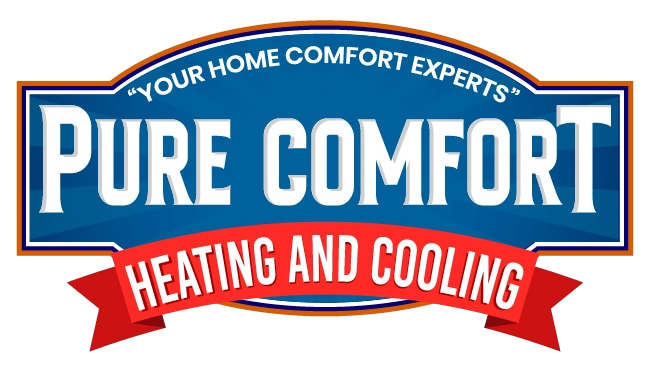
You shouldn’t need to give up comfort or spend a lot to keep your home at the right setting during hot days.
But what is the best temp, exactly? We go over ideas from energy professionals so you can select the best temperature for your family.
Here’s what we recommend for the most energy-efficient setting for air conditioning in Streamwood.
Recommended Thermostat Settings for Summer
Most households find setting the thermostat at 72-73 degrees is most comfortable. However, if there’s a major difference between your interior and outdoor temperatures, your AC bills will be higher.
These are our suggestions based on the U.S. Department of Energy (DOE) and ENERGY STAR®.
While at home: 78 degrees. While that sounds too high, there are ways you can keep your home pleasant without having the AC going frequently.
Keeping windows and curtains down during the day keeps chilled air where it belongs—indoors. Some window solutions, such as honeycomb shades or plantation shutters, are created to deliver added insulation and enhanced energy efficiency.
If you have ceiling fans in your house, the DOE says you can raise thermostat temperatures about 4 degrees higher without giving up comfort. That’s since they cool with a windchill effect. Since they cool people, not rooms, switch them off when you move from a room.
If 78 degrees still feels too uncomfortable initially, try conducting a trial for about a week. Begin by upping your temperature to 78 degrees while you’re at your house. Then, progressively decrease it while adhering to the tips above. You might be surprised at how cool you feel at a hotter temperature setting.
While away: 88 degrees. There’s no reason to keep the air conditioner running all day while your house is empty. Switching the temperature 7–10 degrees hotter can save you as much as 5–15% on your AC bills, according to the DOE.
When you come home, don’t be tempted to switch your thermostat colder than 78 to cool your home more rapidly. This isn’t effective and often leads to a higher cooling bill.
A programmable thermostat is a helpful way to keep your temp under control, but it requires setting programs. If you don’t use programs, you risk forgetting to raise the set temperature when you leave.
If you’re looking for a handy solution, consider installing a smart thermostat. This thermostat works with with your phone, so it knows when you’re at home and when you’re away. Then it instinctively changes temperature settings for the best savings. How much exactly? Usually $180 each year on heating and cooling, according to ENERGY STAR.
Another advantage of using a smart thermostat? You can use your phone to monitor and regulate temperature settings from almost anywhere.
While sleeping: Around 70 degrees. While ENERGY STAR advises 82 degrees, that might be too uncomfortable for many families. Most people sleep better when their sleeping area is cold, so that’s why the National Sleep Foundation suggests 60–67 degrees. But that may be too cold, based on your clothing and blanket preference.
We suggest using a similar test over a week, setting your temperature higher and gradually turning it down to find the best temperature for your house. On mild nights, you may find keeping windows open at night and using a ceiling fan is a superior option than running the AC.
More Methods to Save Energy During Hot Weather
There are additional methods you can conserve money on air conditioning bills throughout hot weather.
- Upgrade to an energy-efficient air conditioning system. Central air conditioners only are effective for about 12–15 years and lose efficiency as they get older. An updated air conditioner can keep your residence cooler while keeping utility bills down.
- Book yearly air conditioner tune-ups. Regular air conditioner maintenance keeps your equipment running properly and might help it operate at better efficiency. It could also help lengthen its life span, since it helps technicians to discover small troubles before they create a major meltdown.
- Change air filters frequently. Follow manufacturer instructions for changing your air filter. A dusty filter can result in your system short cycling, or switch on and off too frequently, and increase your electricity.
- Measure attic insulation levels. Nearly 90% of homes in the United States don’t have proper insulation, according to the Insulation Institute. Many southern climates require 13–14” of attic insulation, while northern climates require 16–18”.
- Have your ductwork inspected. Ductwork that has loosened over time can leak cold air into your attic, walls or crawl space. This can create big comfort problems in your residence, like hot and cold spots.
- Seal openings, doors and windows. Keep hot air where it belongs by plugging cracks. You can also caulk or weather strip doors to keep more cold air inside.
Use Less Energy During Warm Weather with Pure Comfort Heating and Air Conditioning
If you are looking to use less energy this summer, our Pure Comfort Heating and Air Conditioning pros can help. Get in touch with us at 630-313-2509 or contact us online for extra info about our energy-saving cooling solutions.

